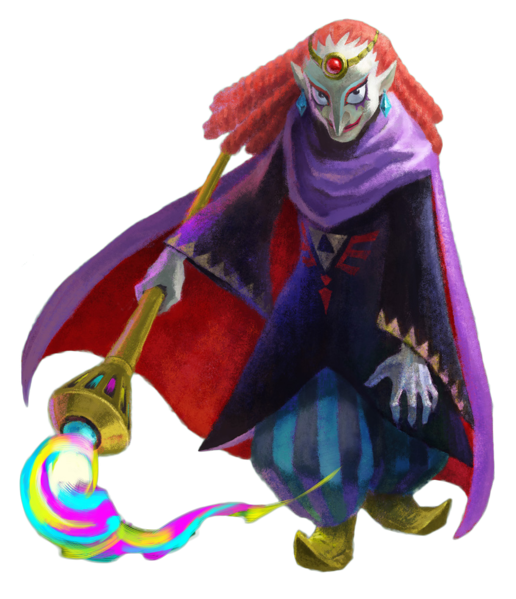
The item rental system not only redefines the way you’ll explore the two lands of Hyrule and Lorule, but also puts something at stake while you’re adventuring. You can also buy them for eight times their rental value, if you want-otherwise his bird buddy swoops down and reclaims them from your unconscious body when you get a game over. You can rent items from him, for a modest handful of rupees. Ravio, a travelling merchant resembling New Super Mario Bros.’s Nabbit, moves into Link’s house and sets up shop while you’re off saving the world. The thing that really has me staring dreamy-eyed into my 3DS screen, though, is the new item-rental system. I can’t wait to see what how it develops in future dungeons. Link’s new signature ability, which allows him to stick to walls and move along them as a painting, is used in predictable ways, but has produced some pleasant surprises. Some chests can only be reached by falling between floors. I’ve had to pay close attention to how my actions on higher floors affect lower ones. The 3D effect not only creates depth to the world, but seems to provide structure in the game’s first three dungeons. The result is an odd feeling that you’re playing a full-fledged console game, but viewing it from the top down. Link’s movements aren’t restricted to a grid, as they were in A Link to the Past, and the player has far more control over his actions than they did in, say, Phantom Hourglass or Spirit Tracks. The game’s frame rate (that’d be 60 frames-per-second, for those of you who haven’t heard) makes the stereoscopic 3D effect flawless, but you can feel its effect on gameplay during combat as well.
#RAVIO A LINK BETWEEN WORLDS MASKED FULL#
The game’s world may look like it has borrowed a lot from A Link to the Past-which it may have geographically-but even that game can’t hold a candle to the characters that bring the world of A Link Between Worlds to life.Īlthough I haven’t experienced the full breadth of items that A Link Between Worlds has to offer, I have, in my time with the game, also enjoyed exquisitely the fluid combat. Meanwhile, there’s a masked cult in the Thieves’ Village of Lorule whose declaration of affirmation is “mumbo jumbo”. The witch and the fortune teller have a heart-wrenching history. The characters in this game stick with me. And now, A Link Between Worlds has… well, a lot of interesting characters, to be frank. Skyward Sword had Batreaux, a monster with a mouse complex. Spirit Tracks had phantom Zelda and the Rabbitland Rescue man. The Wind Waker brought Tingle’s odd… everything… into the limelight. Majora’s Mask had the creepy mask salesman.

Nintendo has a way of making Zelda characters memorable. Part of this comes down to the characters. This latest entry in the Legend of Zelda franchise may not be the prettiest, but it nonetheless embodies and elaborates on what I’ve come to know as the “Zelda charm,” and does so beautifully. It began in familiar territory, walked me through the basics I’ve come to expect, and then suddenly took most of the assumptions I garnered along the way and threw them back at my face. My experience in the first five or six hours of The Legend of Zelda: A Link Between Worlds is not unlike this process. There’s a sprinkling of quirky characters, some mysterious story elements are revealed, and re-mastered music that makes the heart stir. Then, several months down the line, they release a new trailer for said game. That process typically starts by unveiling an underwhelming trailer for a game starring one of the company’s several iconic mascots, often showcasing all-too familiar gameplay mechanics and worriedly nostalgic music. Nintendo has a tendency to follow a very particular formula when it comes to advertising their new games.


 0 kommentar(er)
0 kommentar(er)
